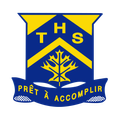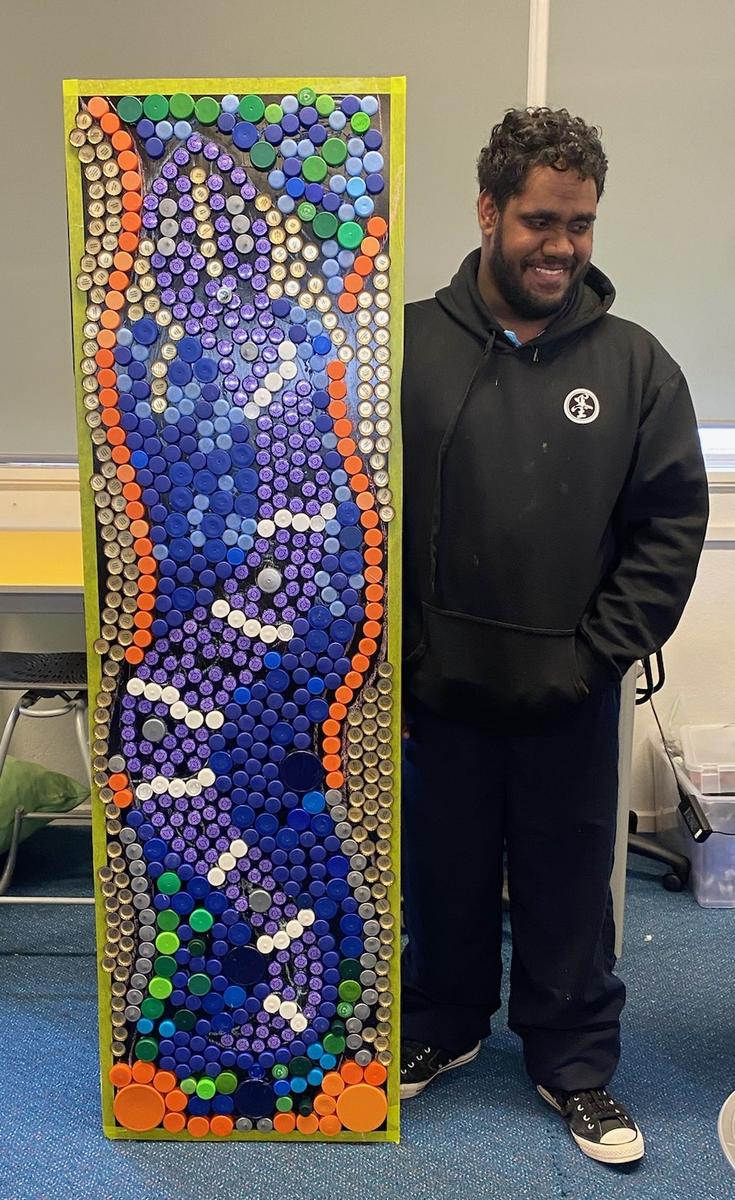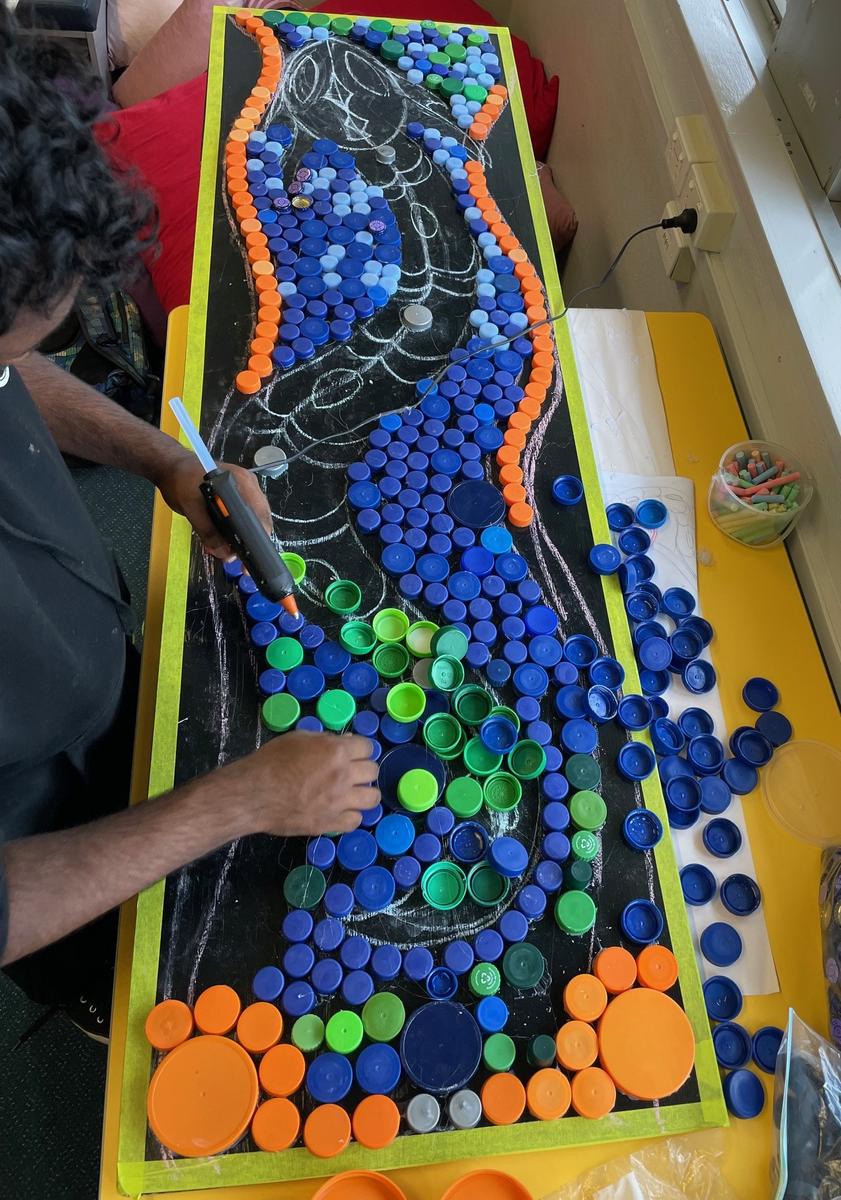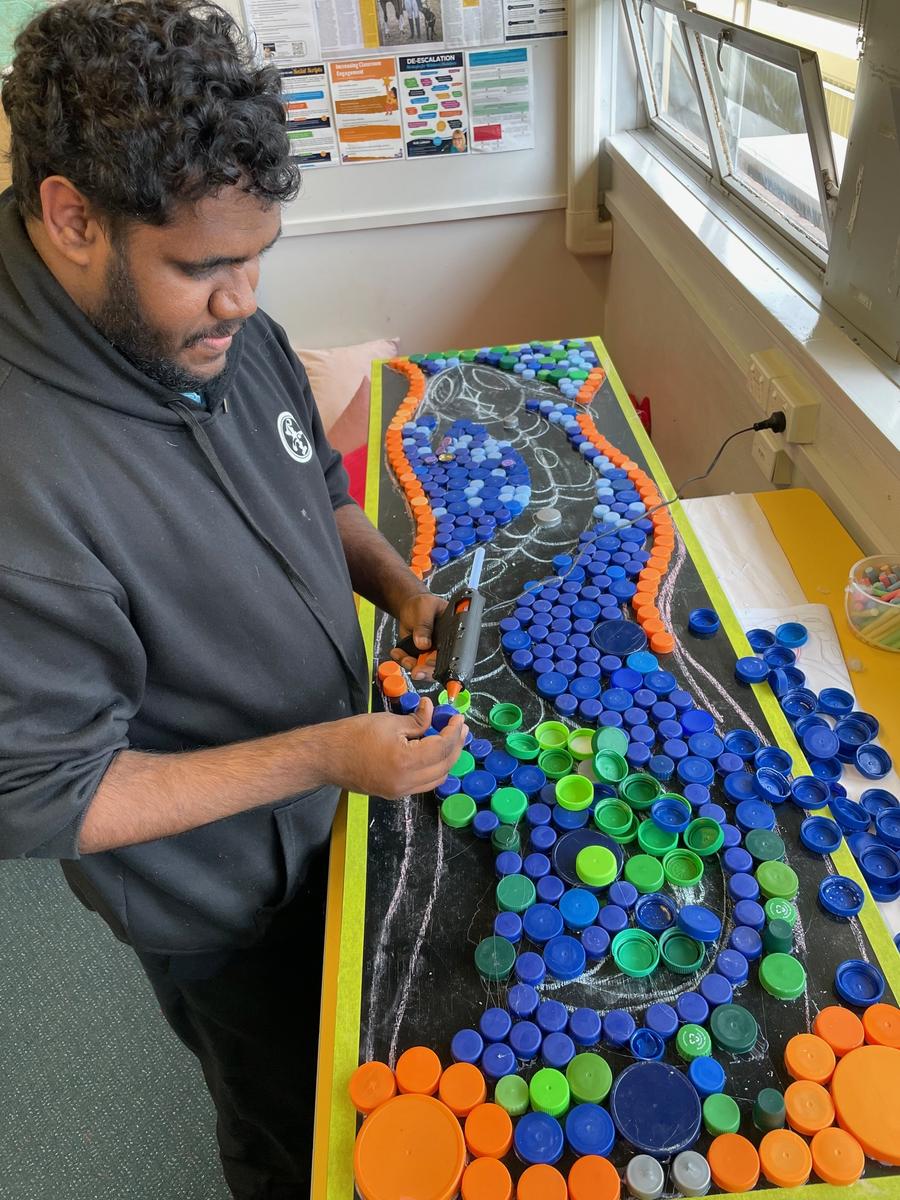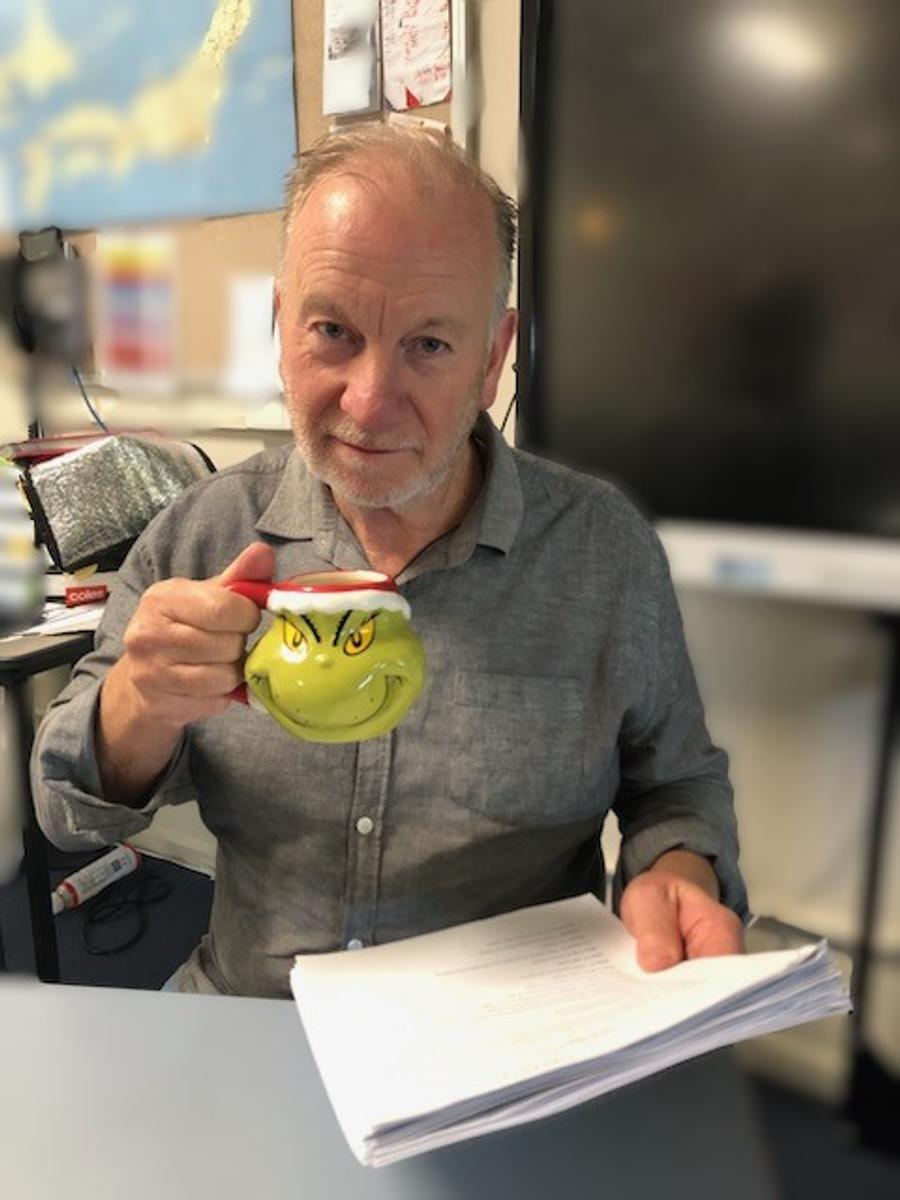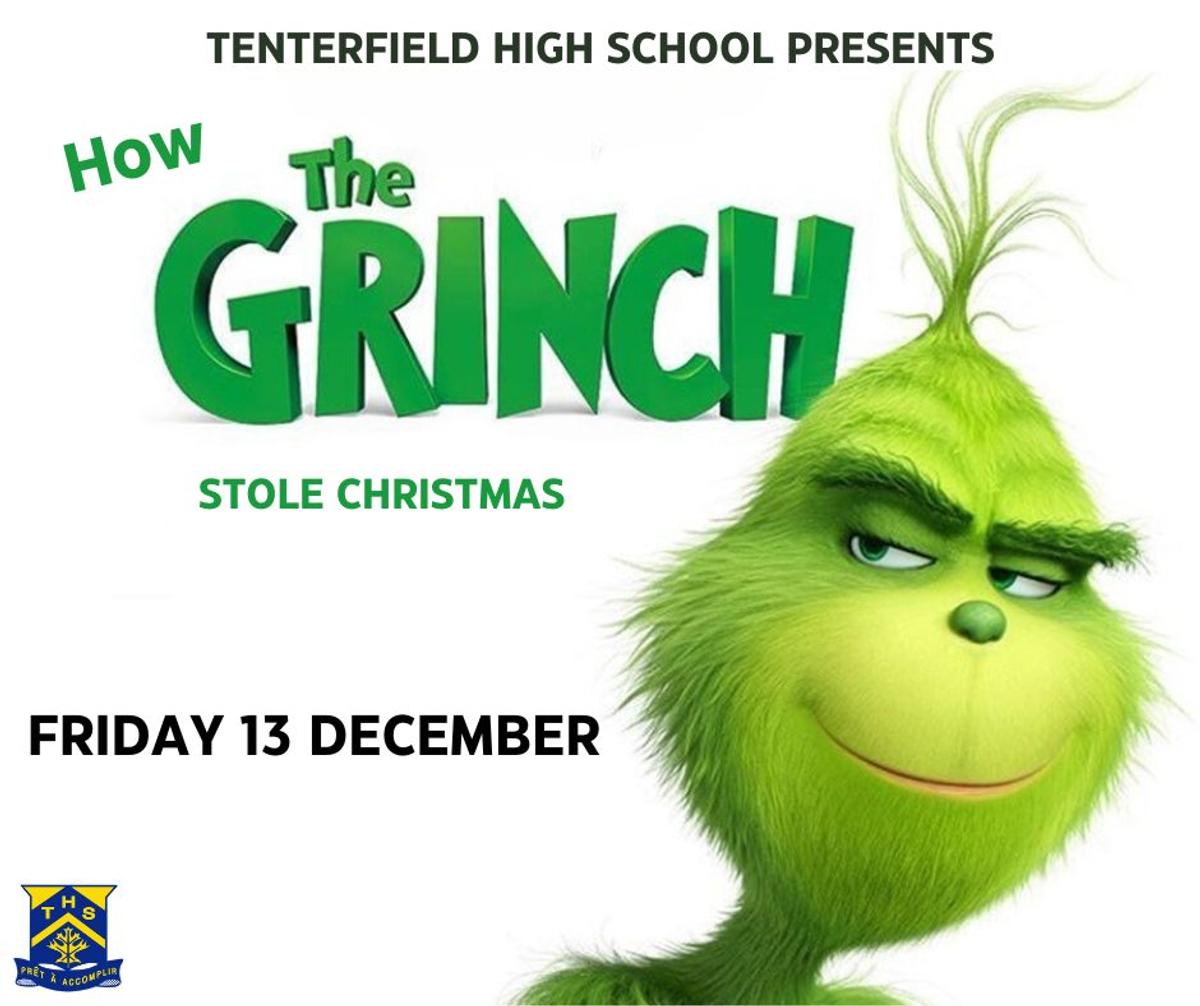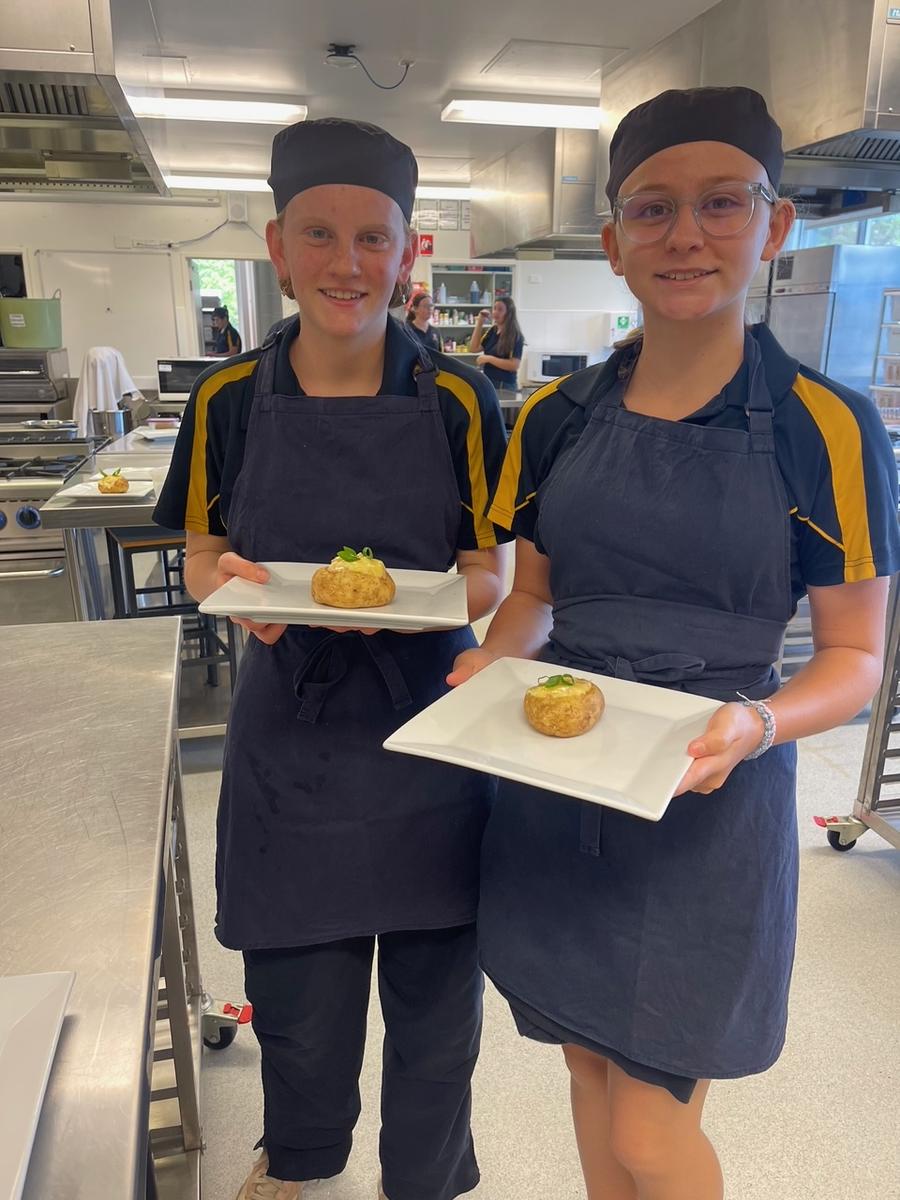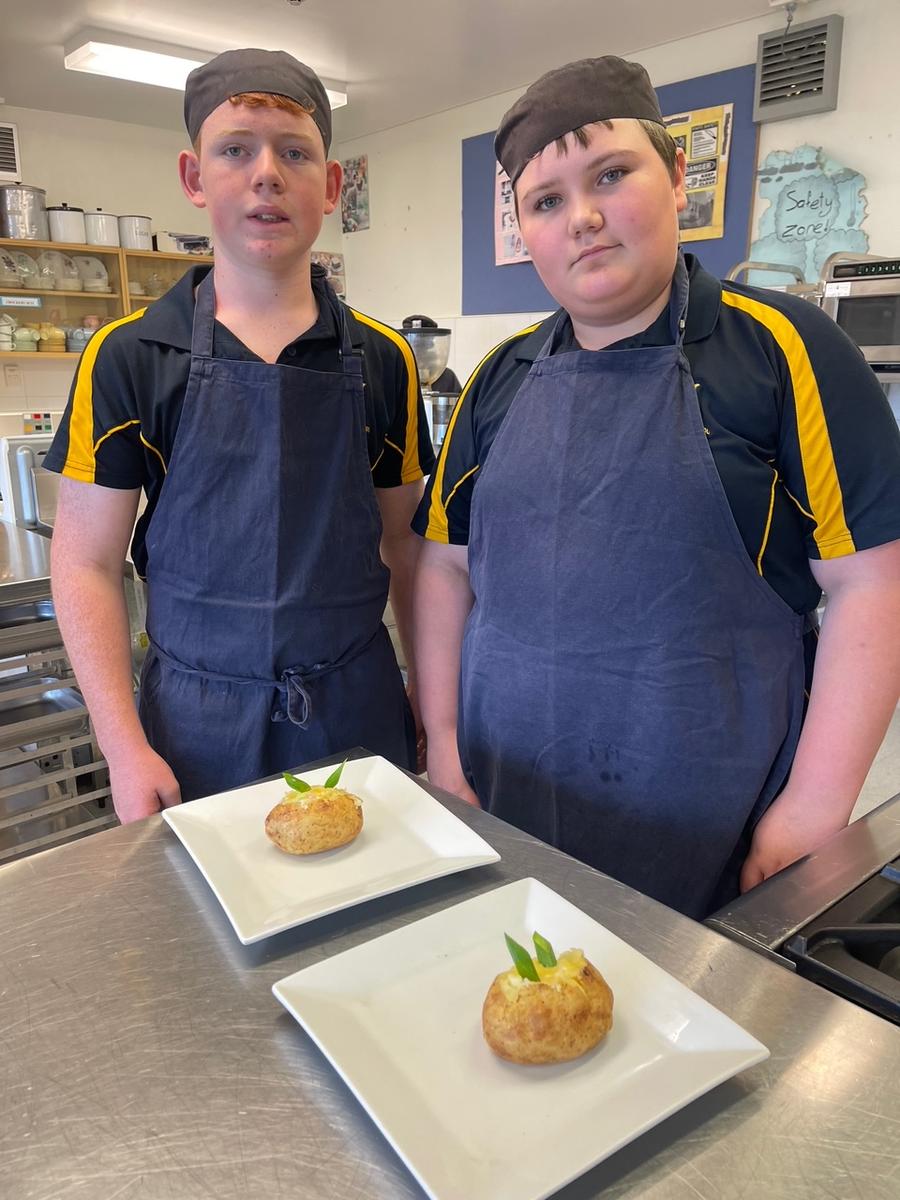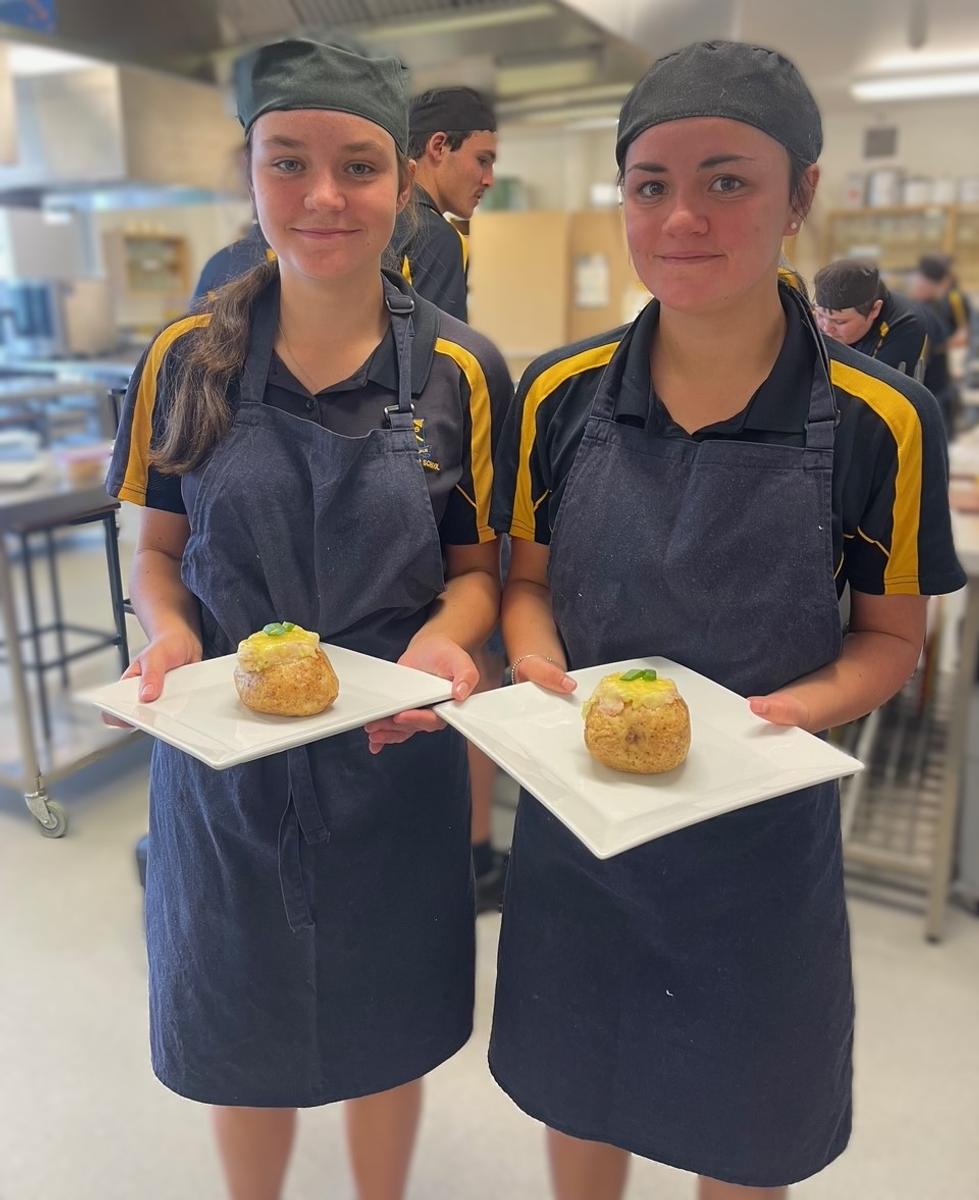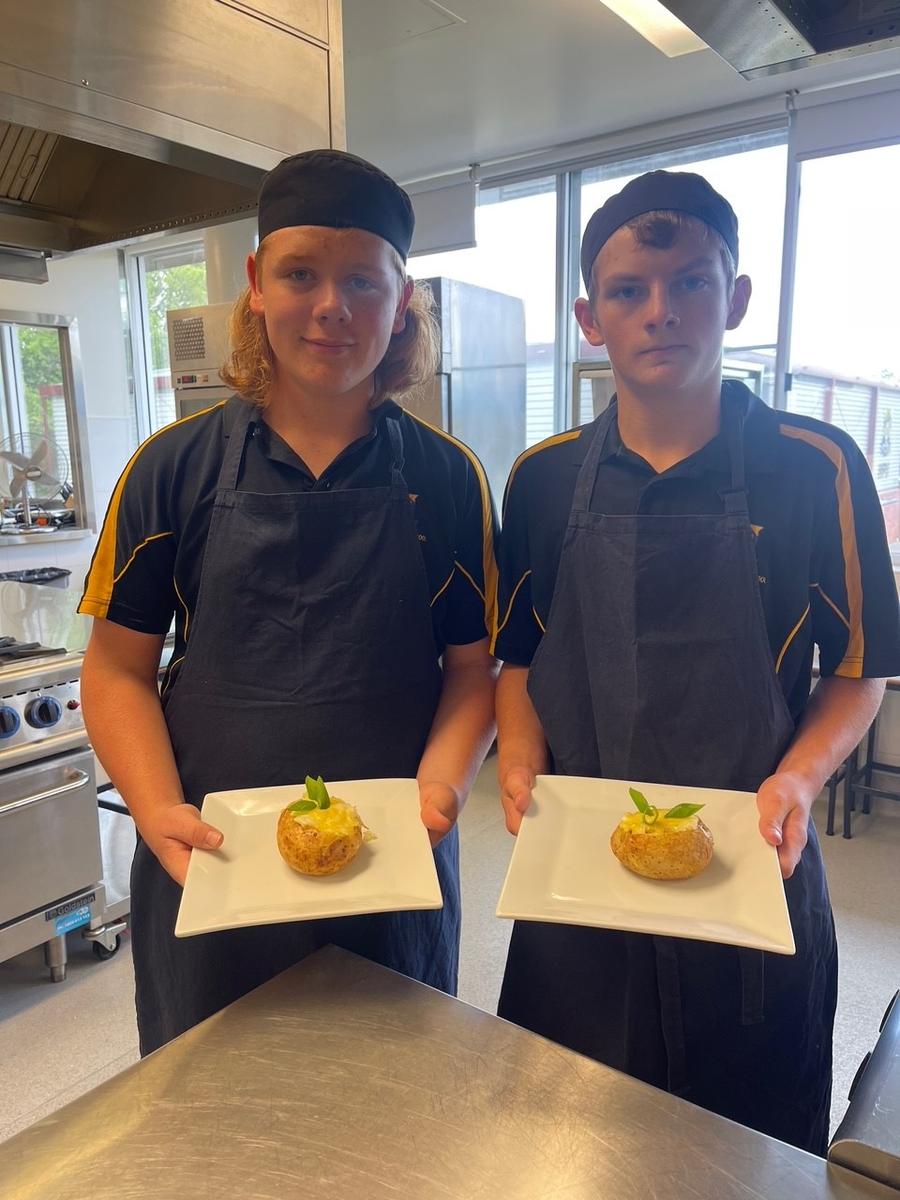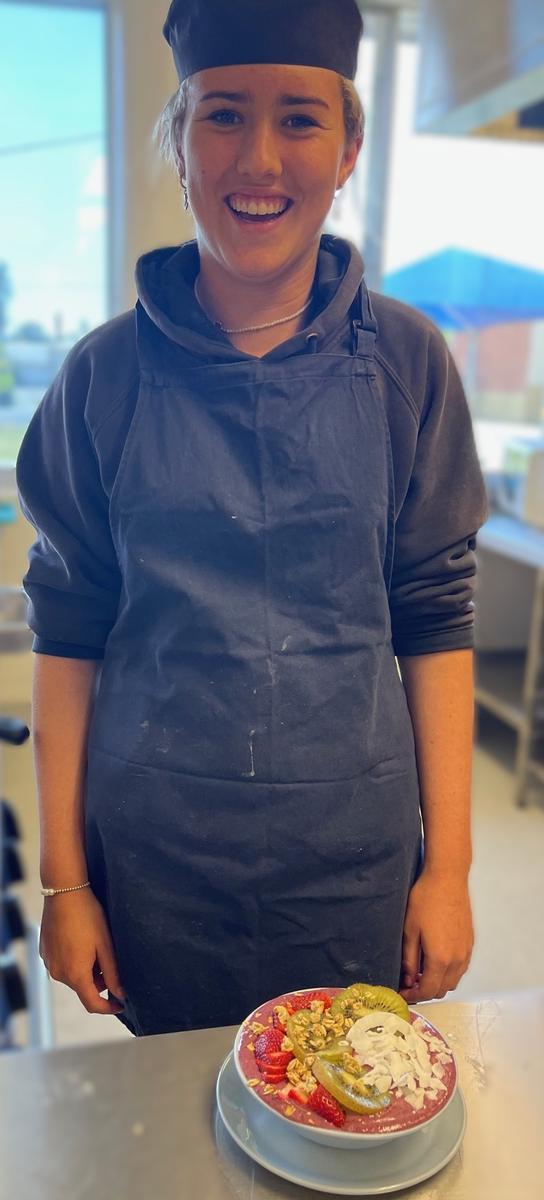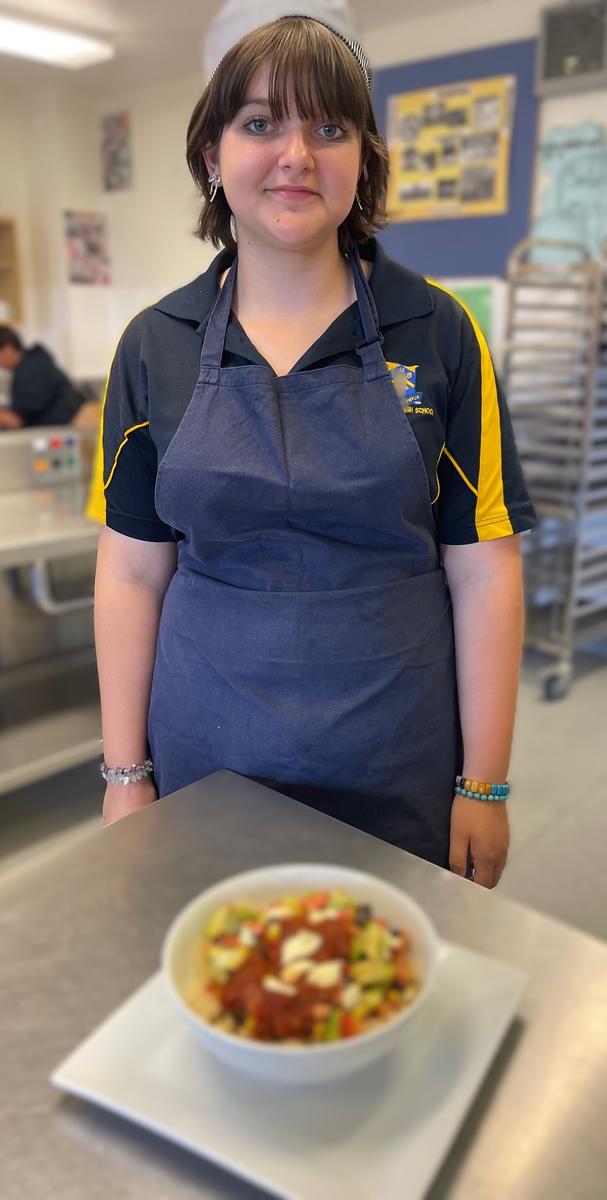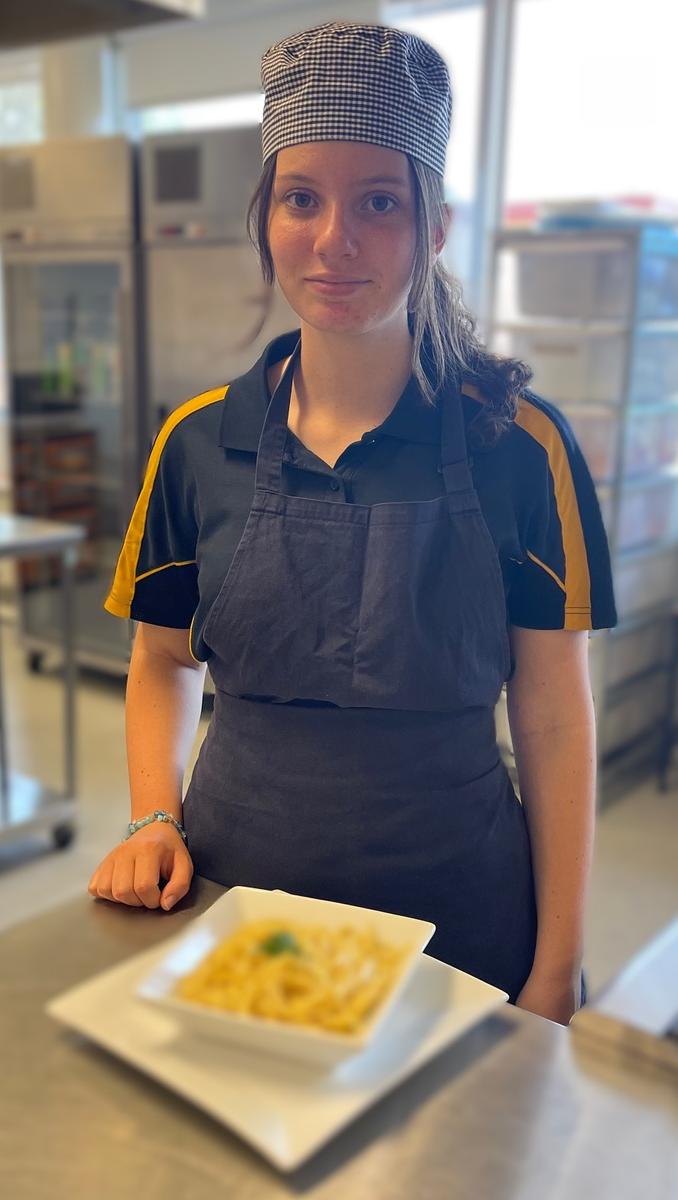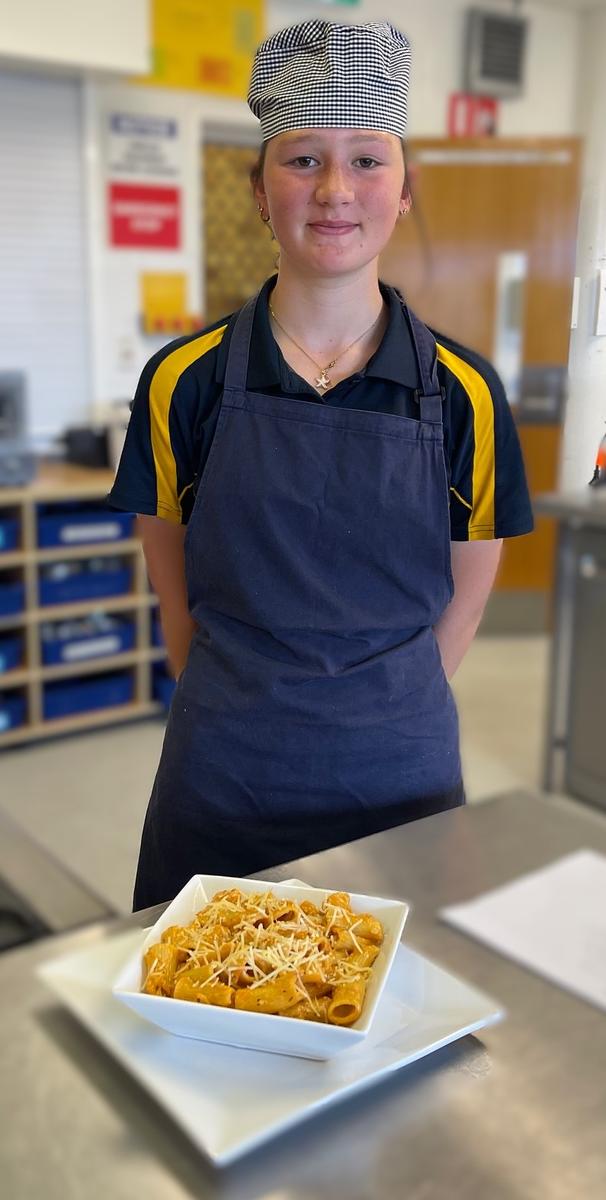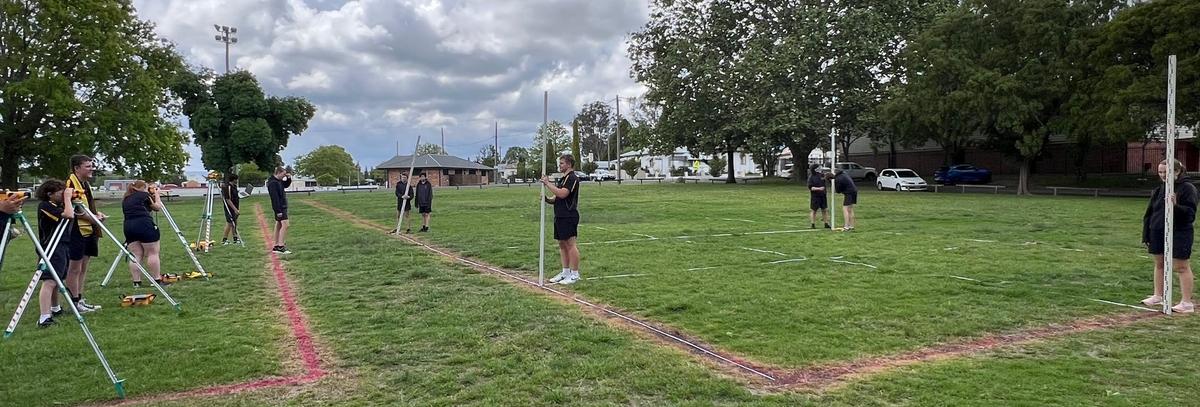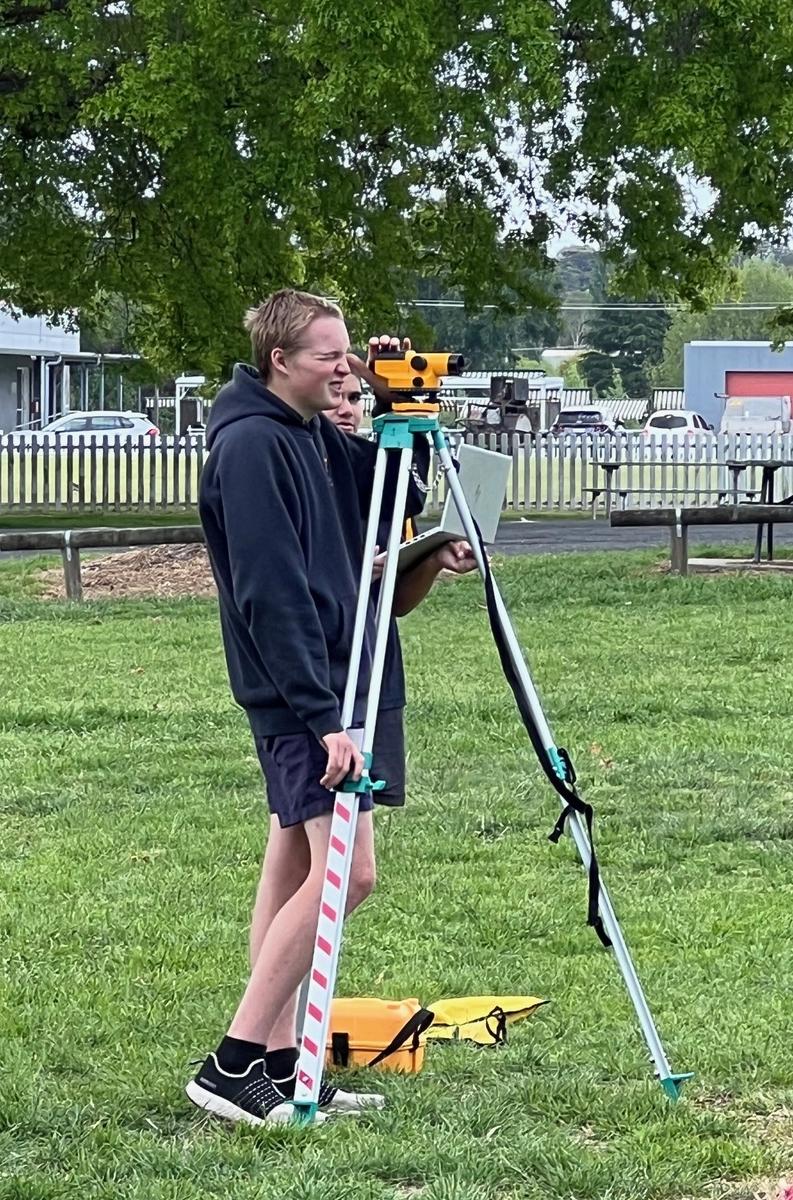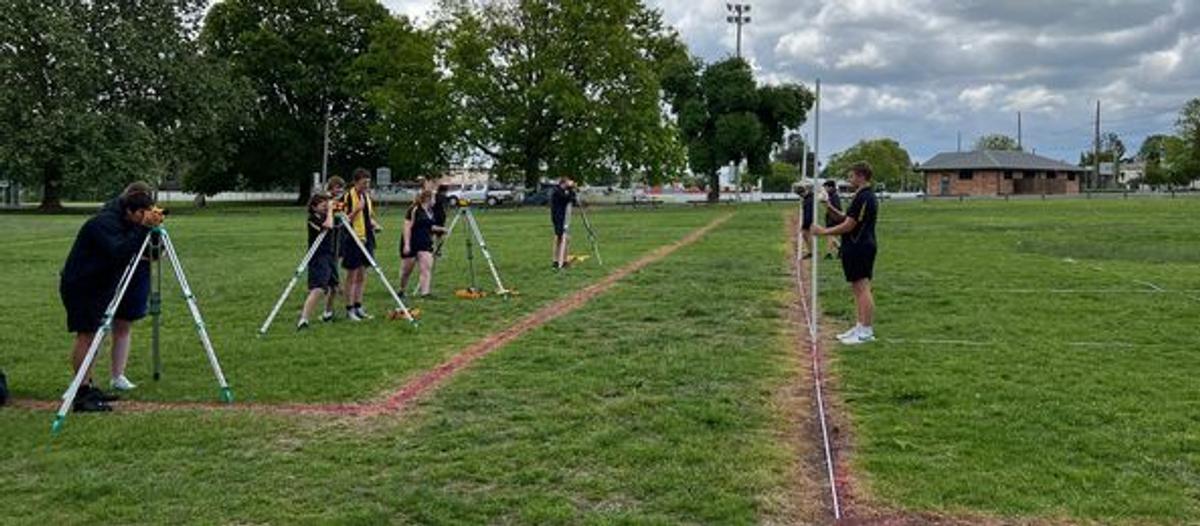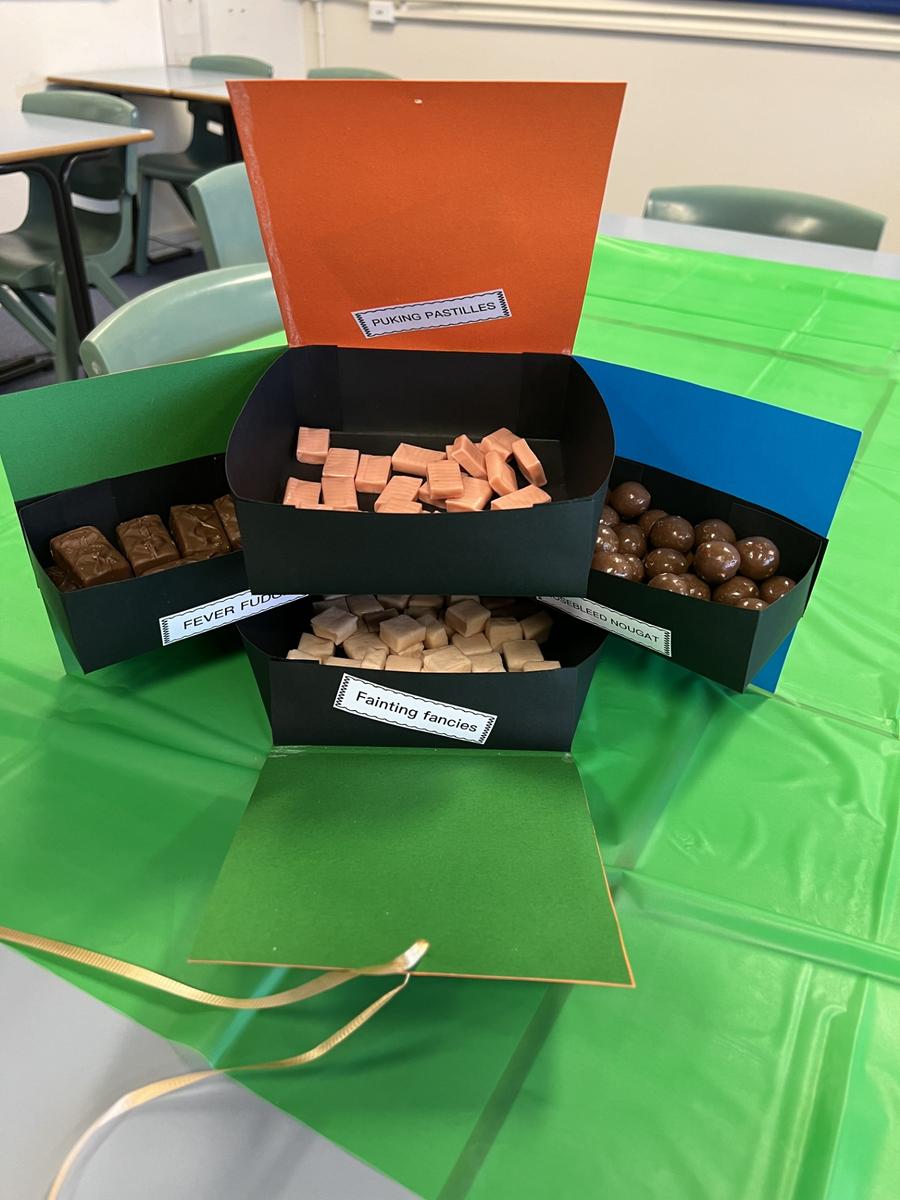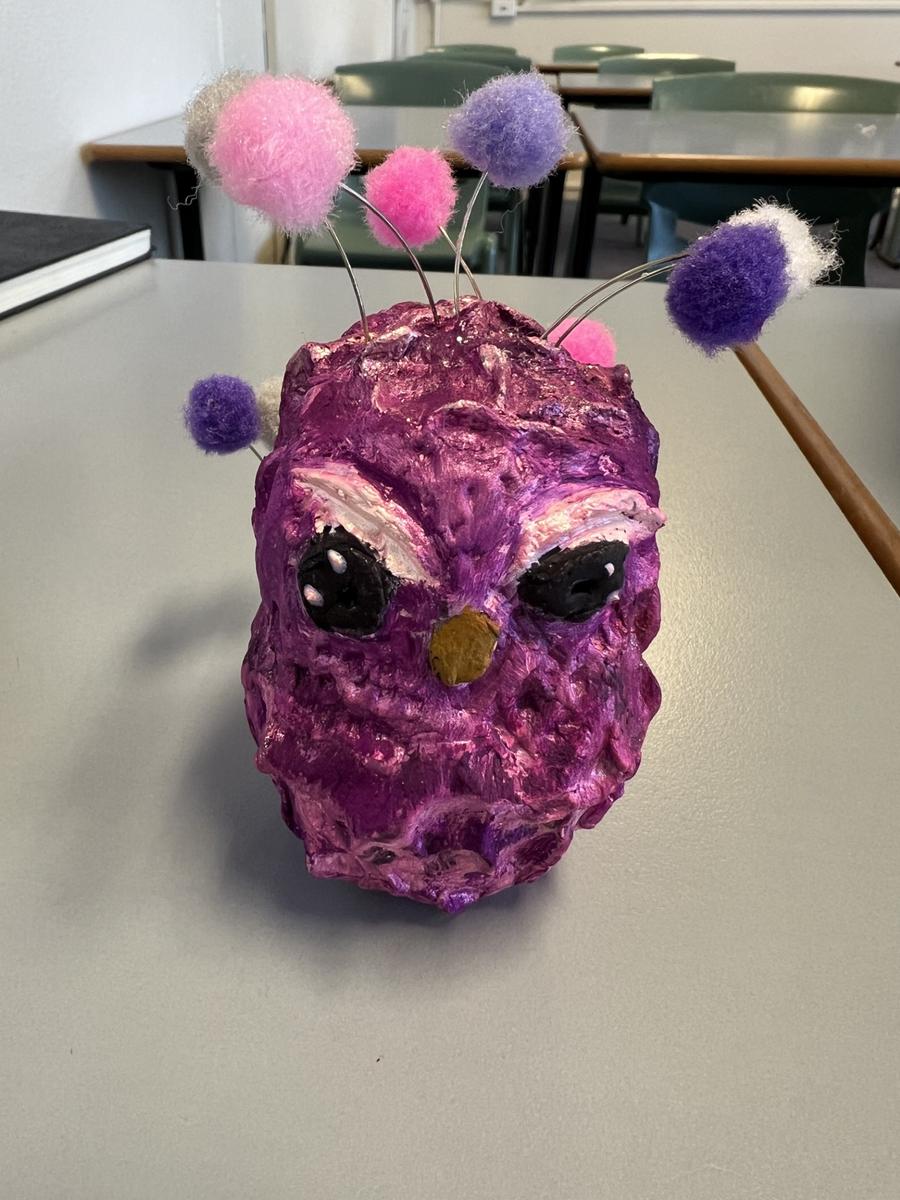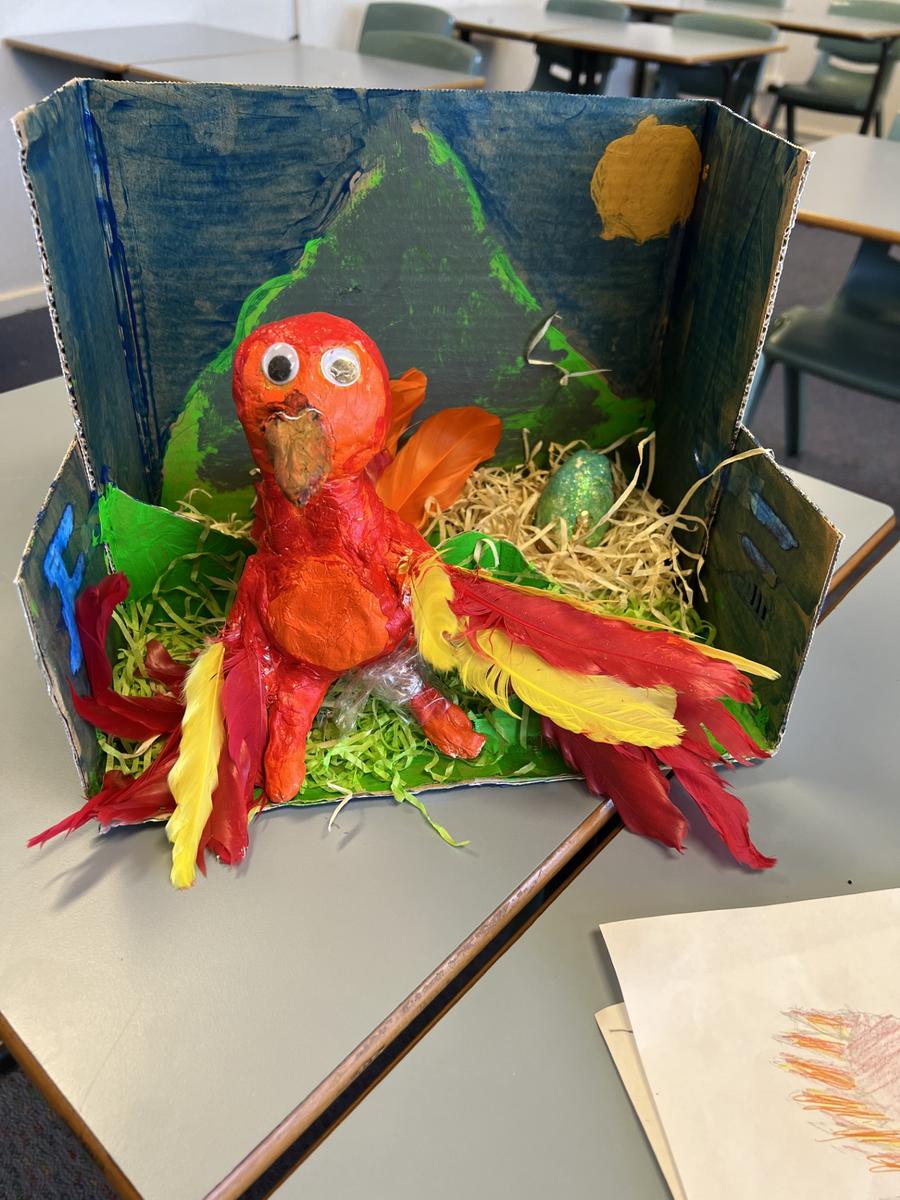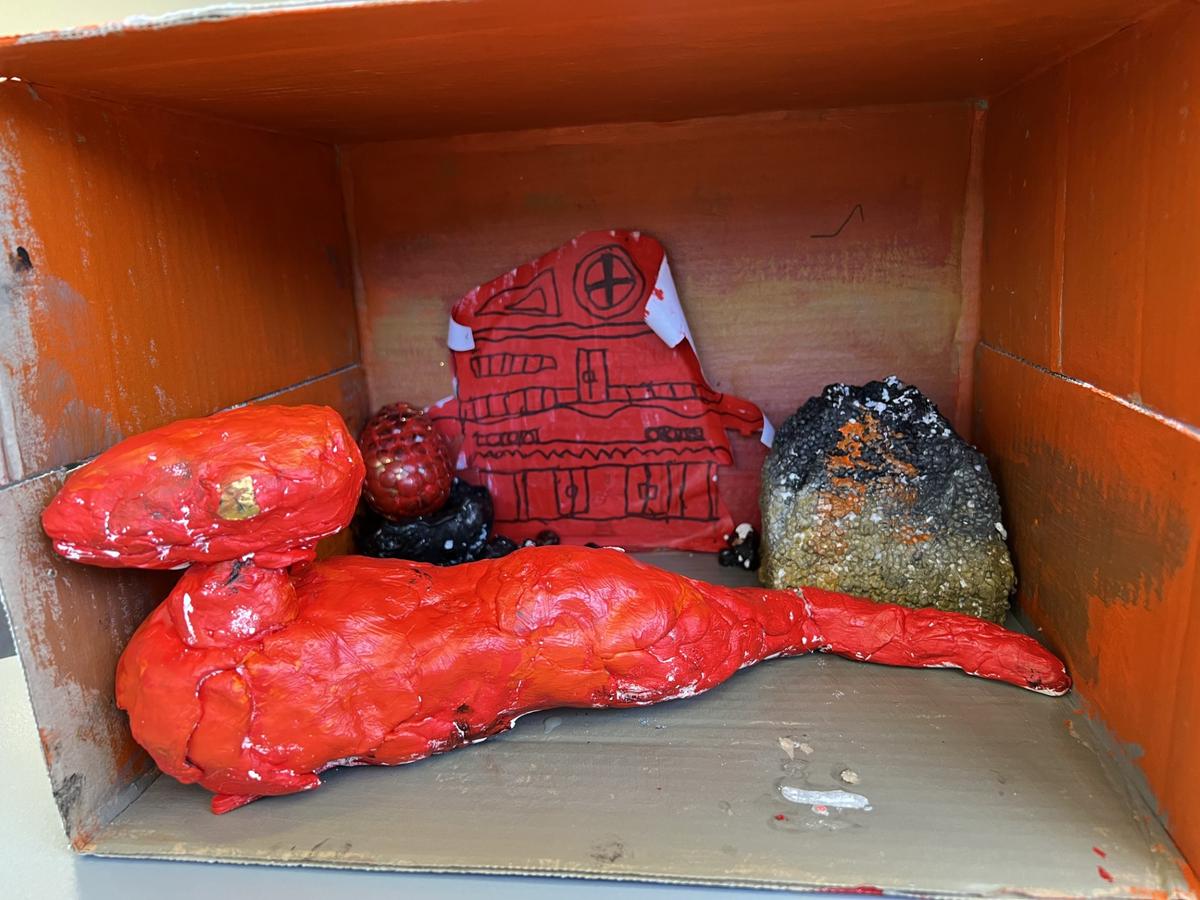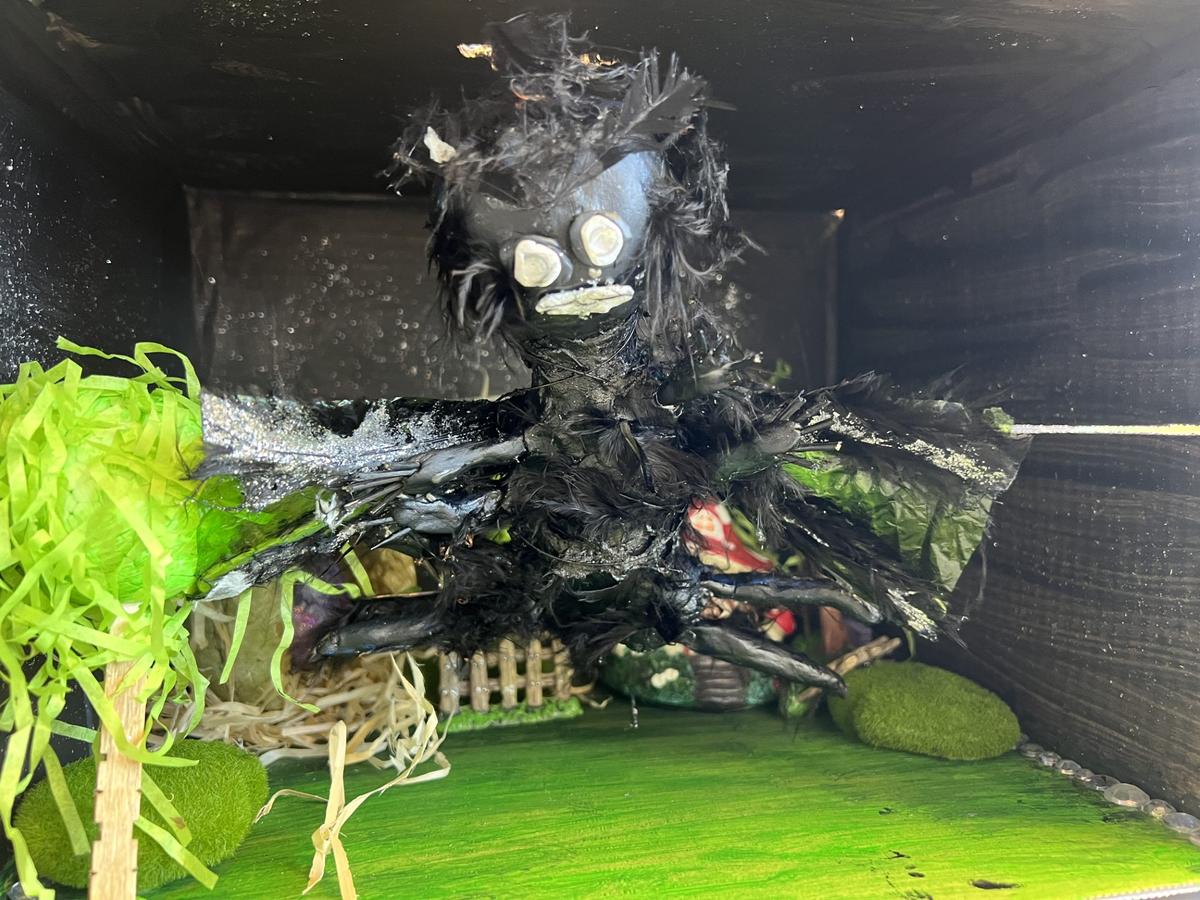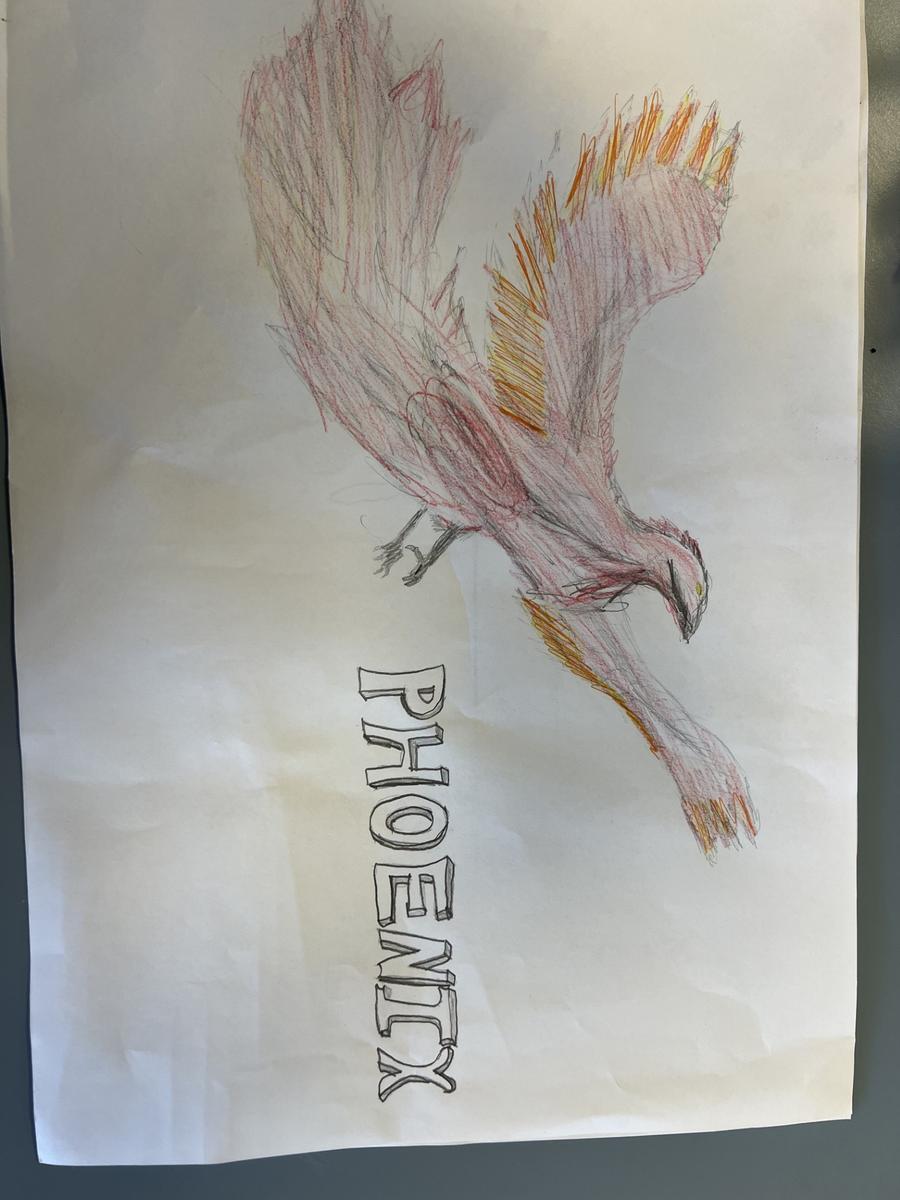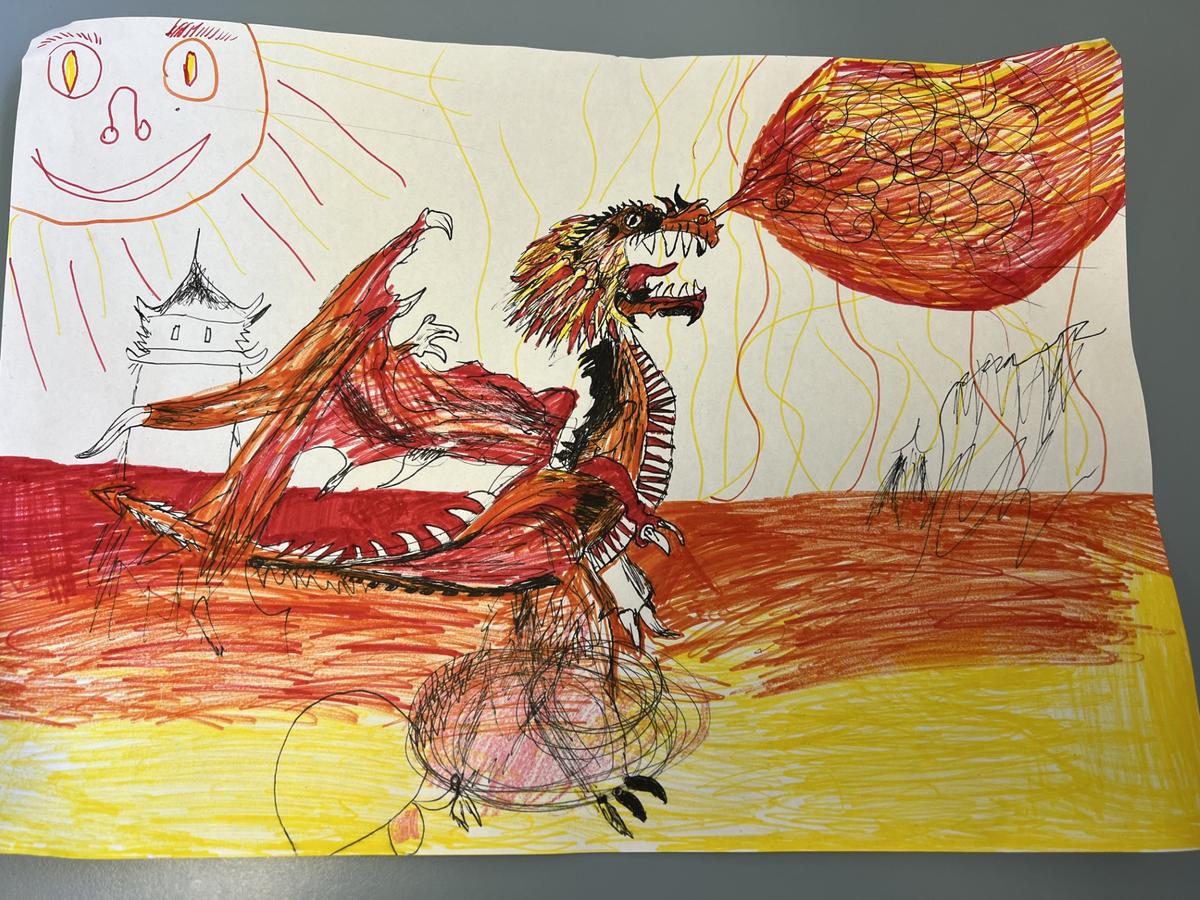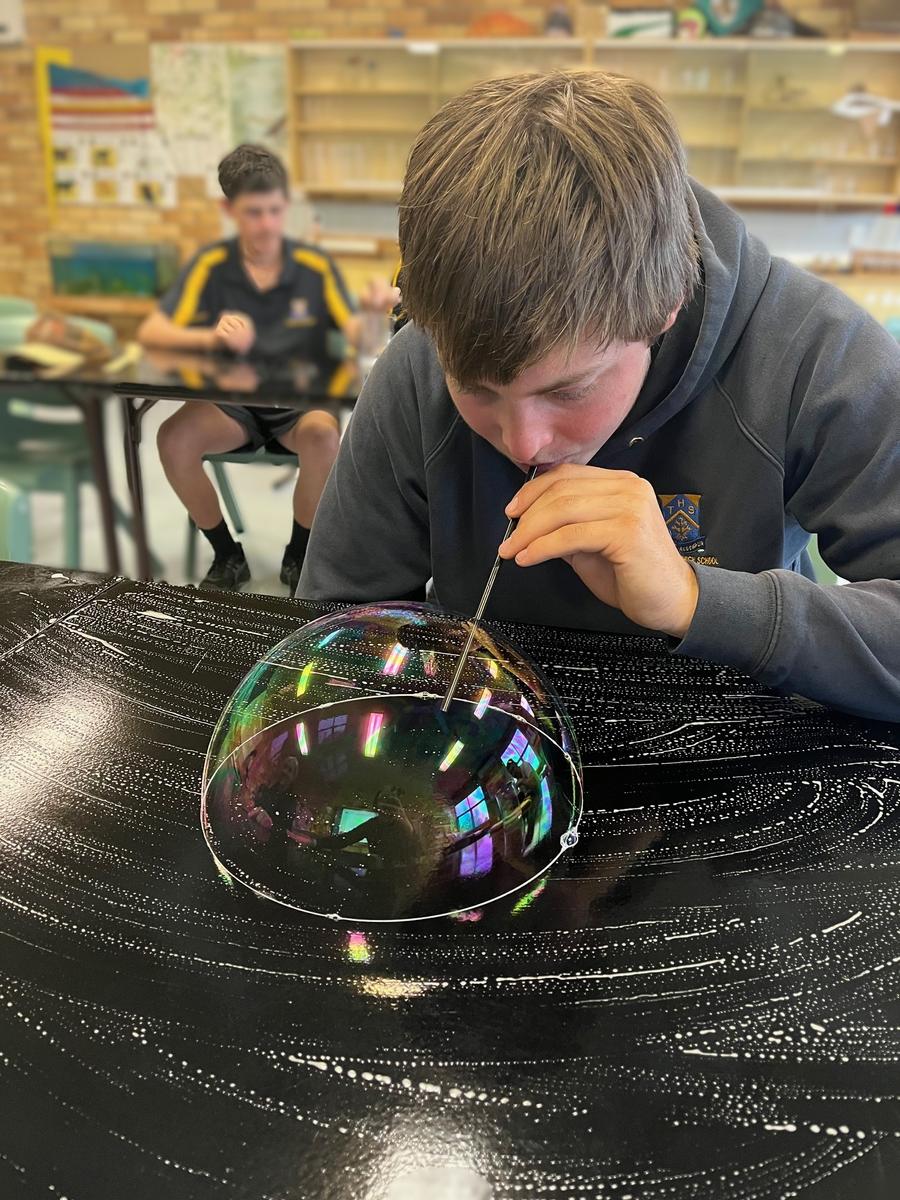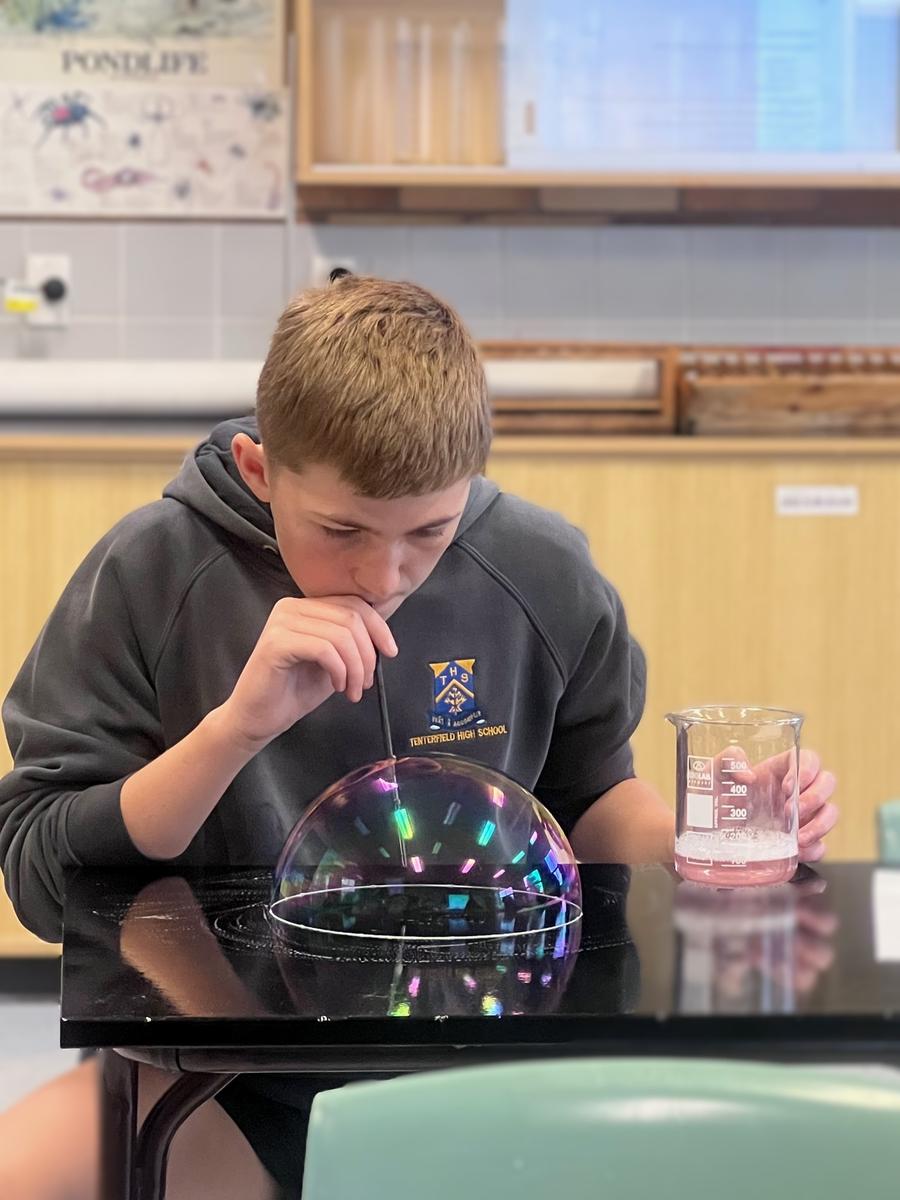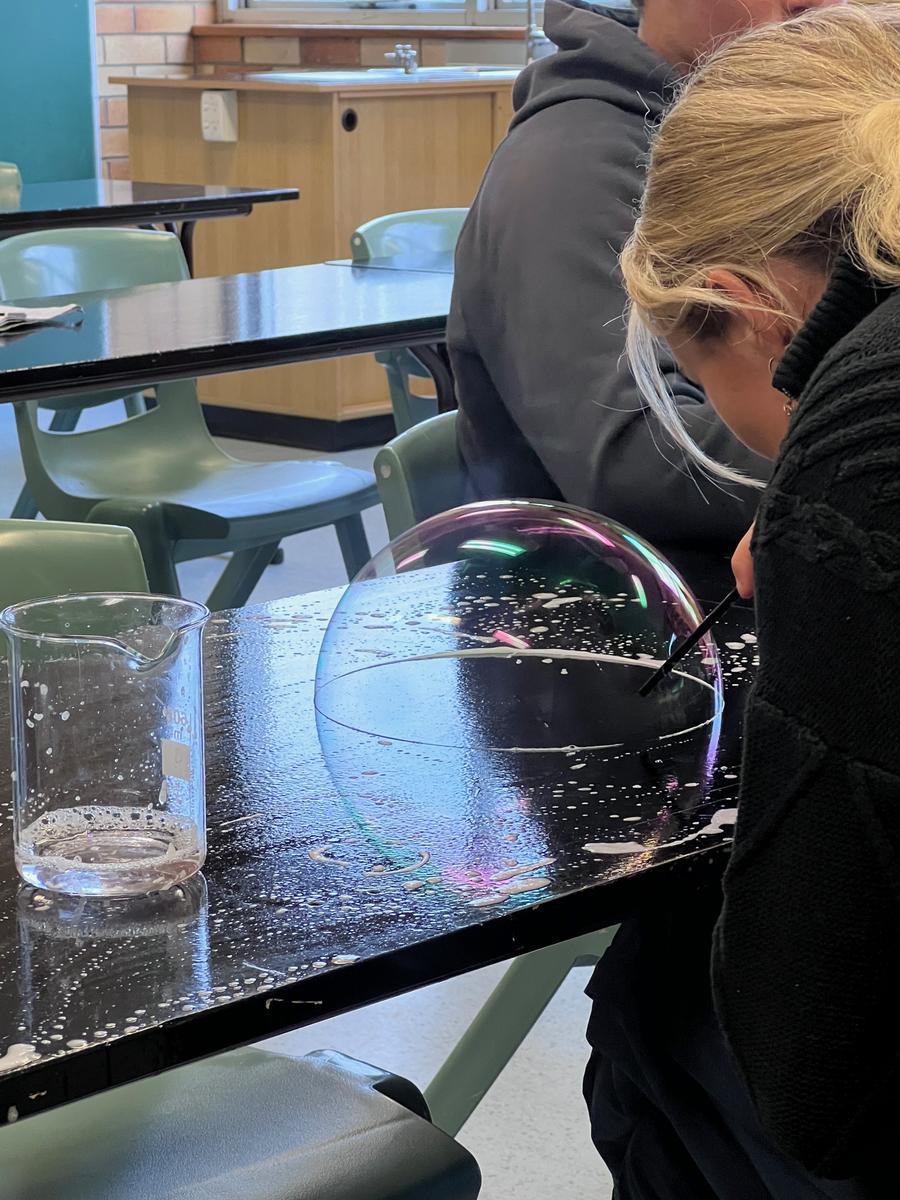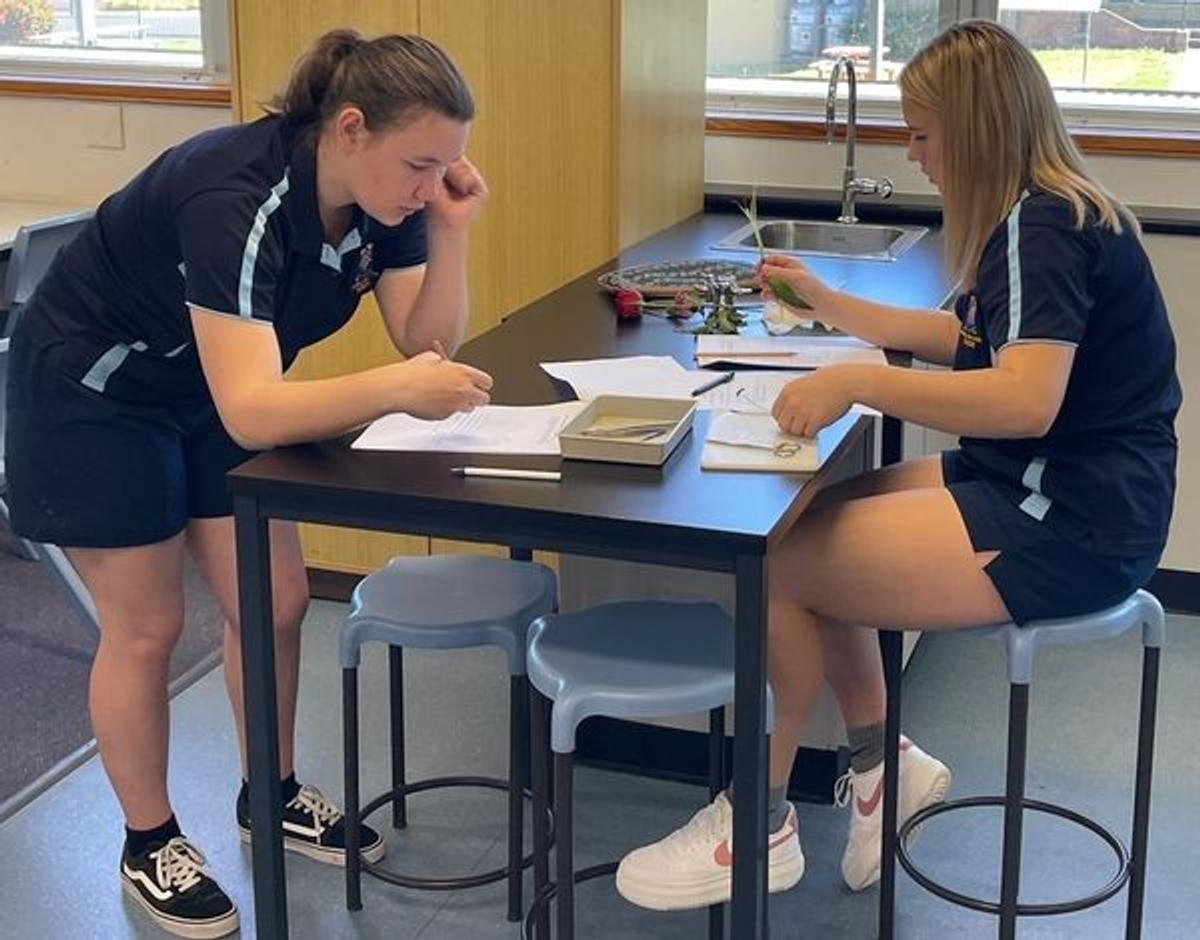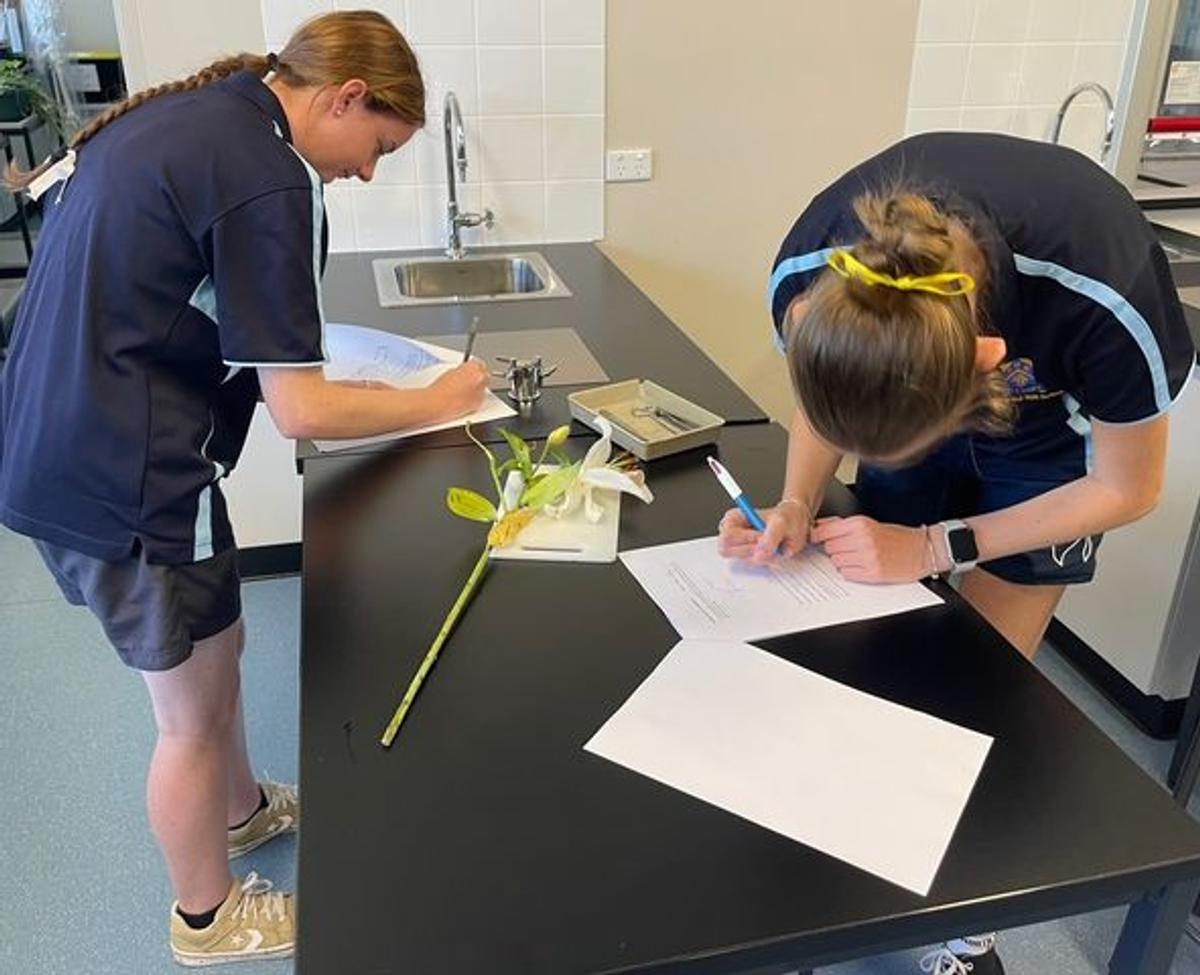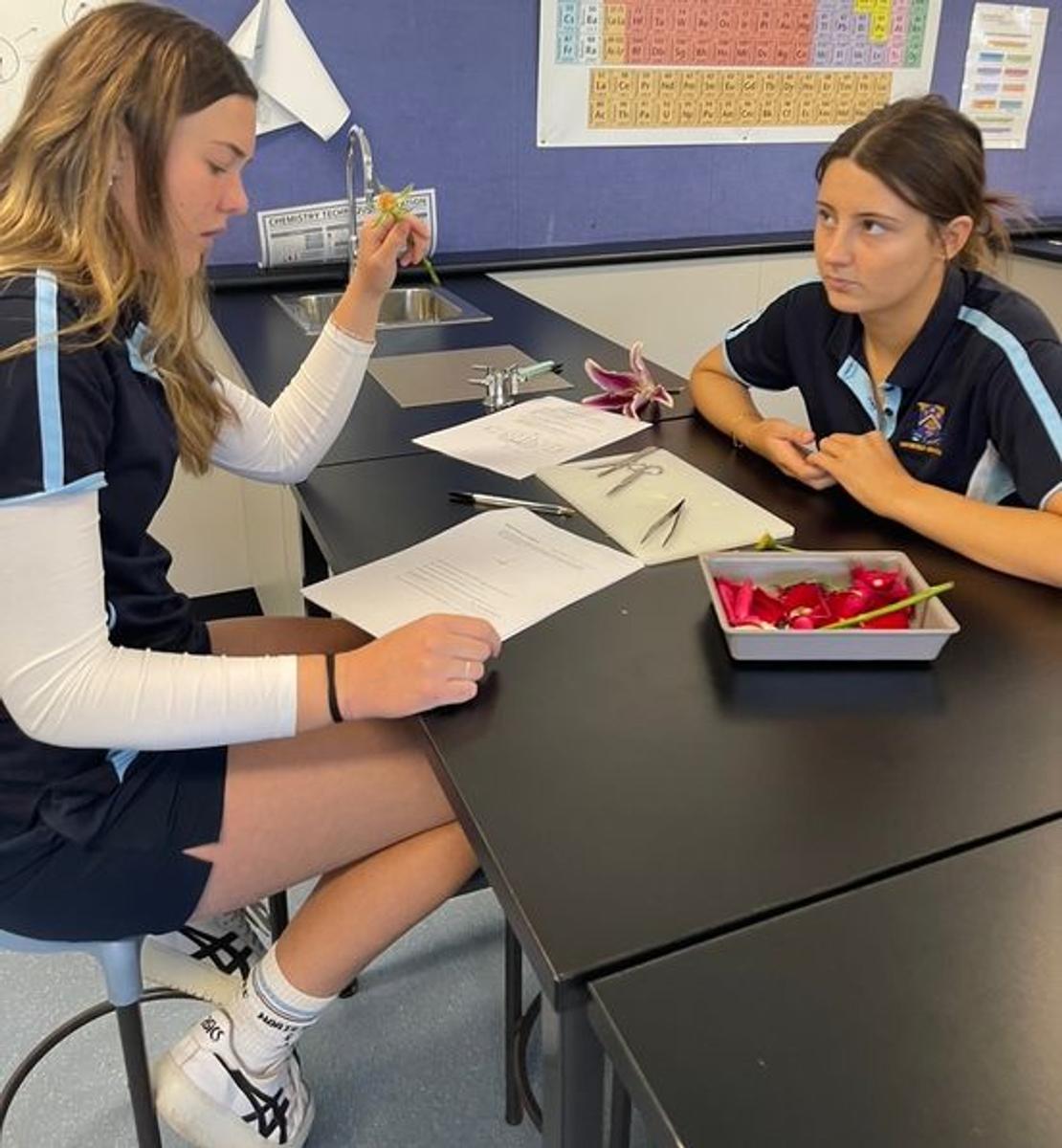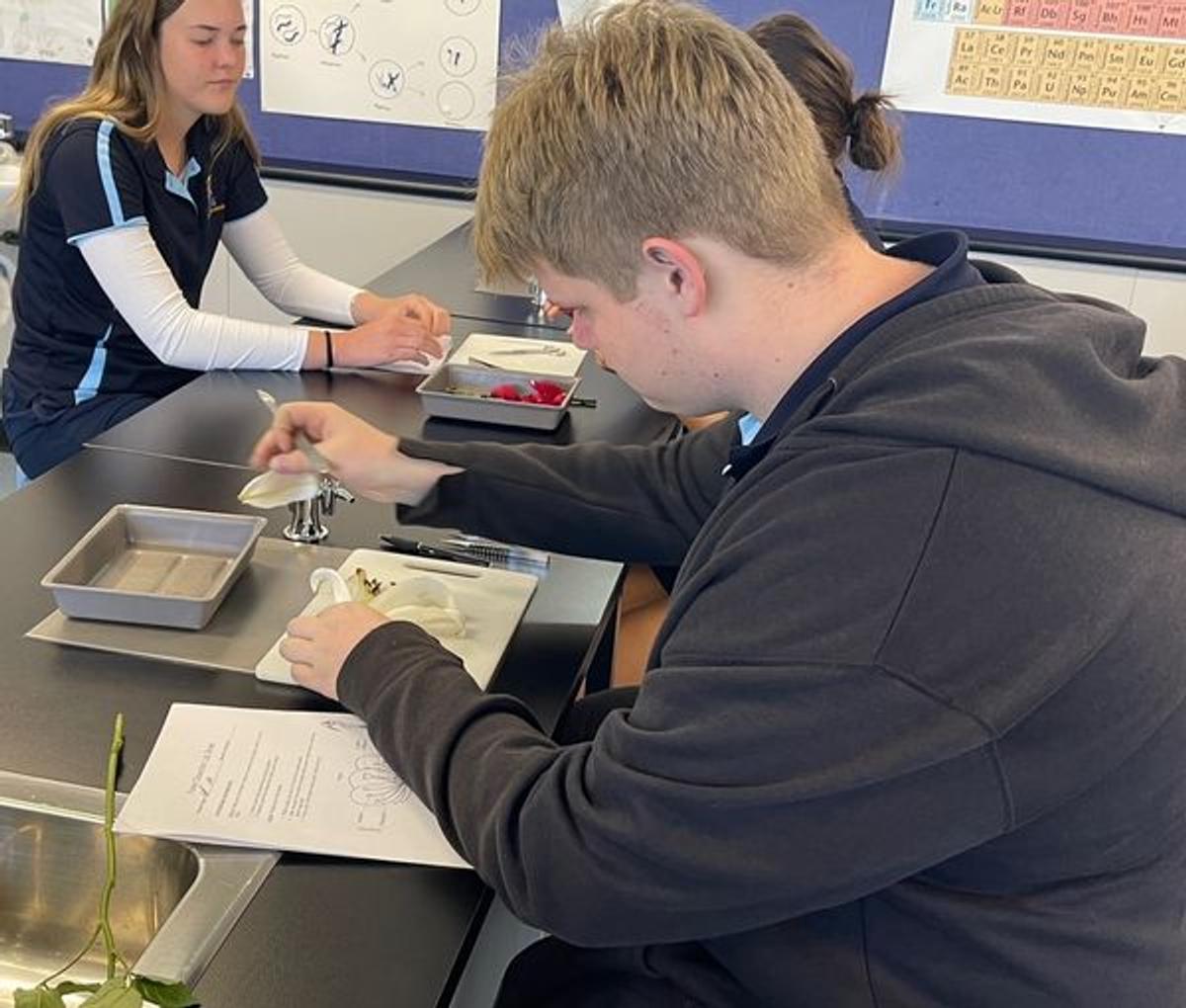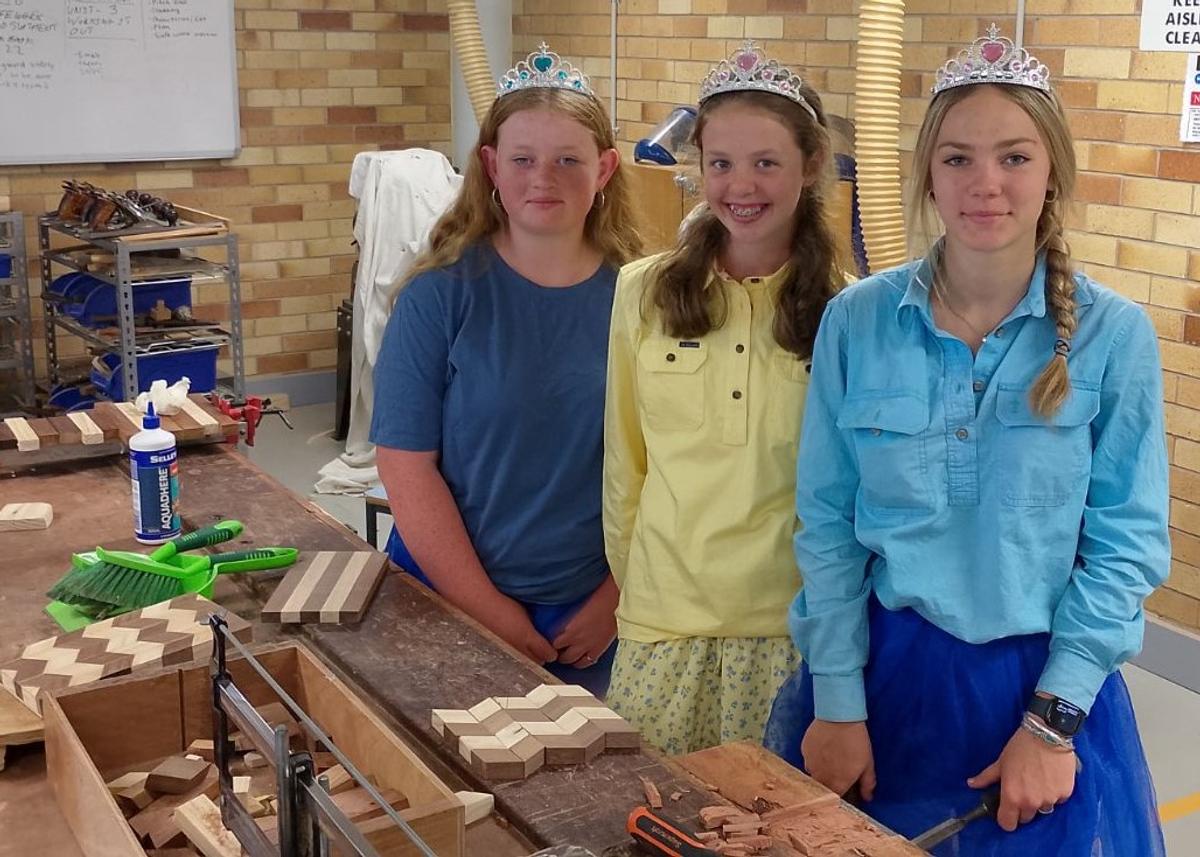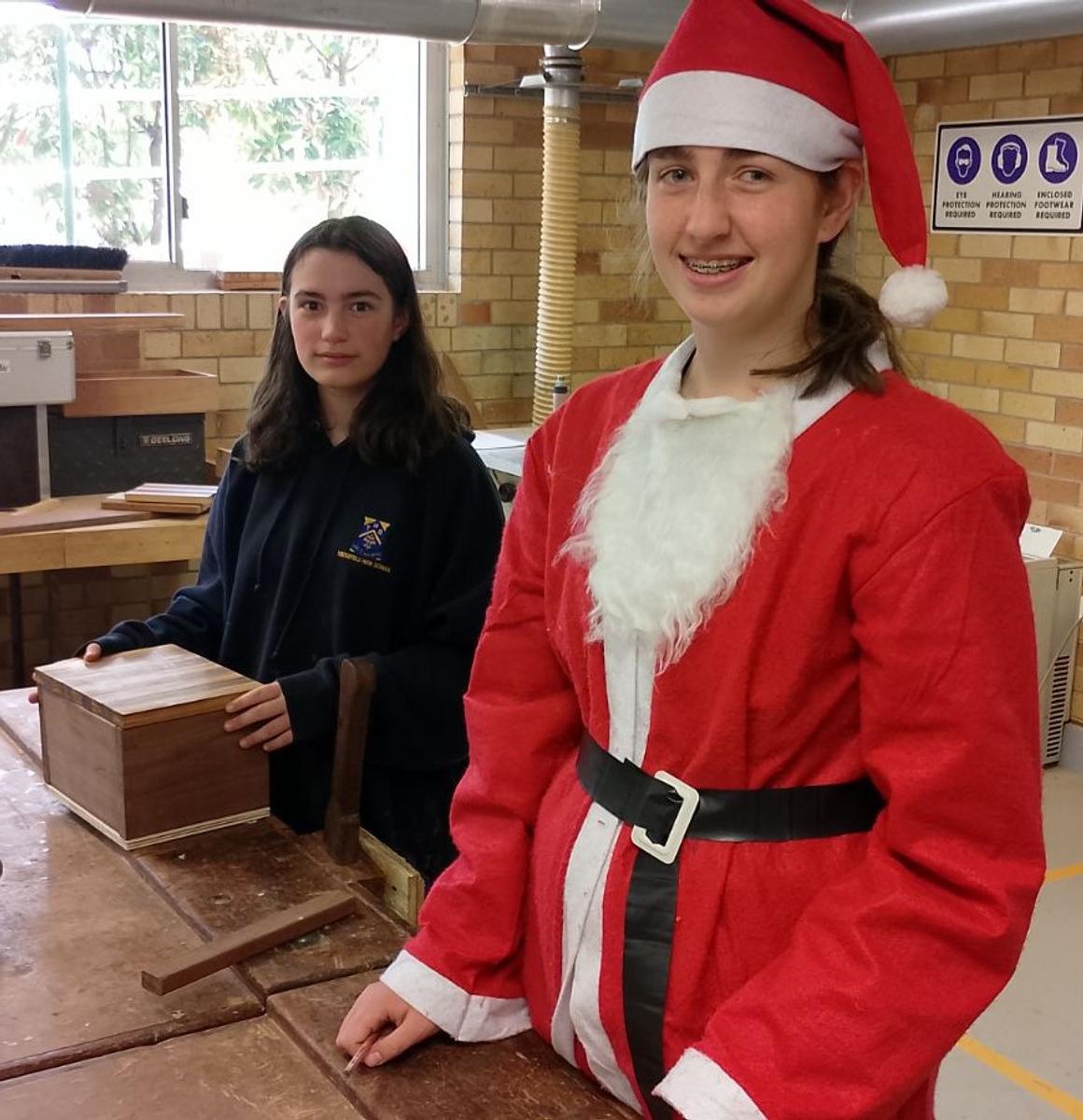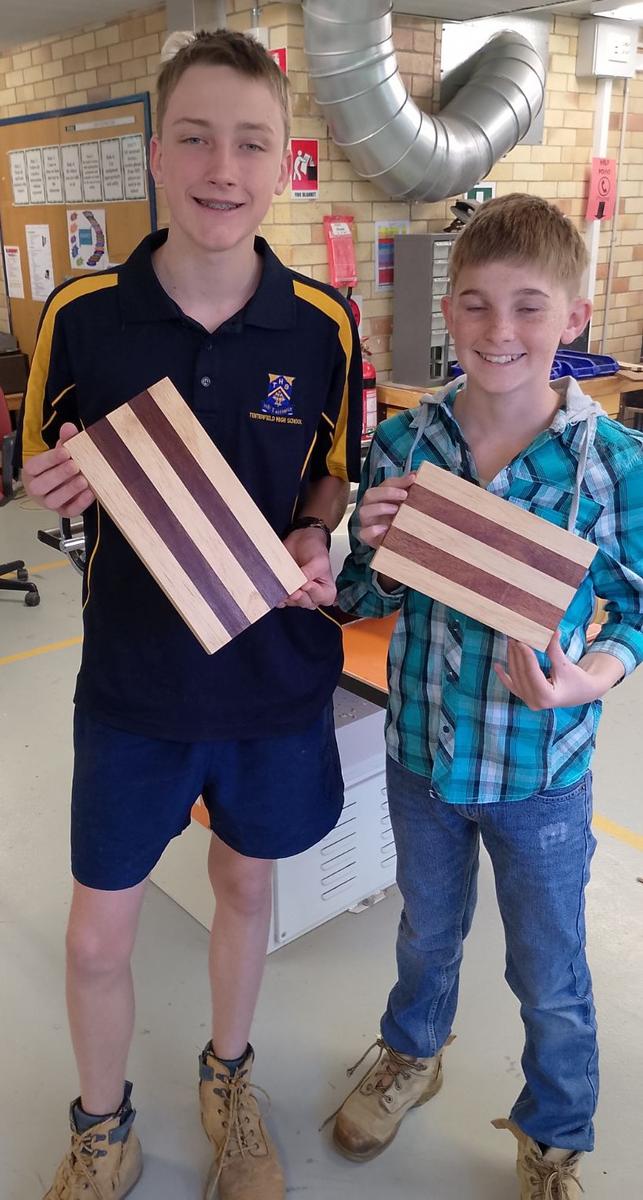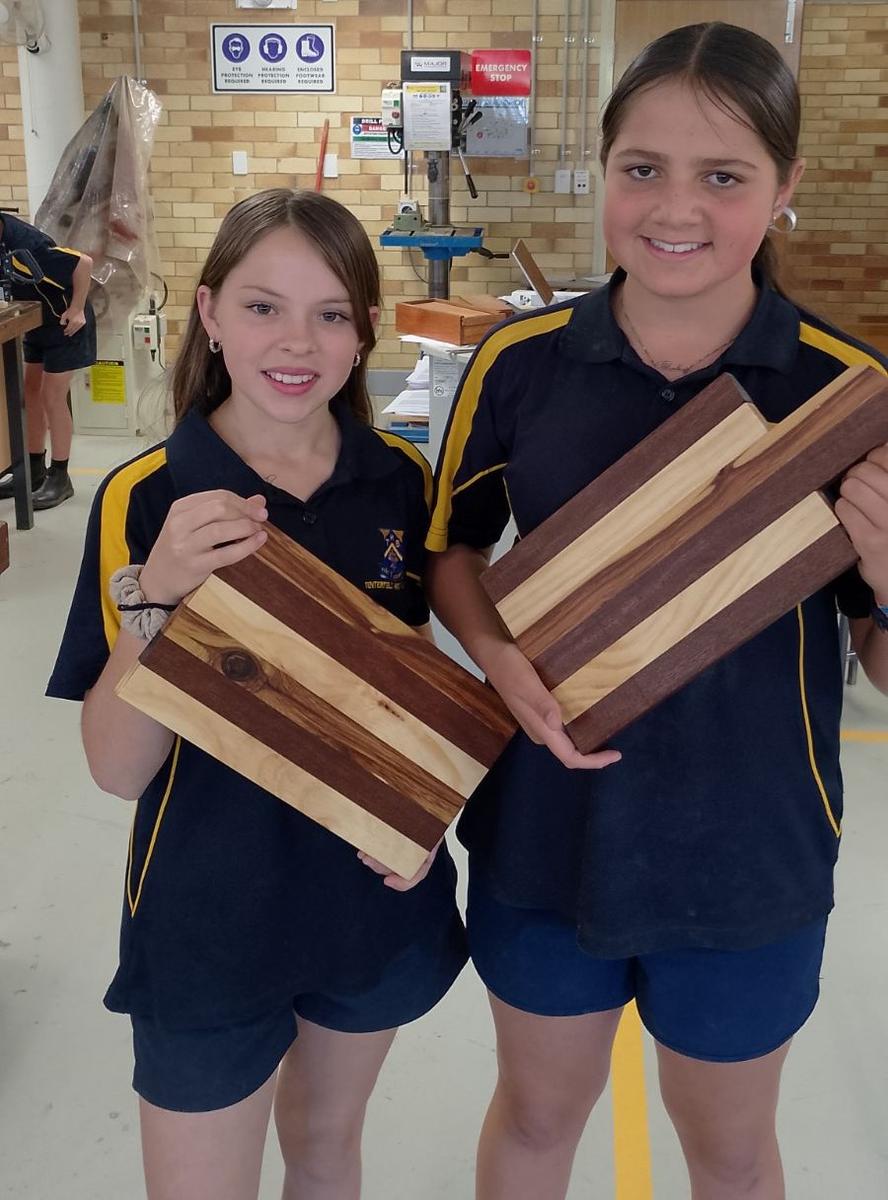Teaching & Learning News

Visual Arts
Alex & his recycled Serpent made using recycled materials hoarded by Mrs Bancroft-Stuart! It just needs a frame & a place to be displayed at THS. Well done Alex!
Drama
Director Kelly is ready for Grinch rehearsals! A reminder to all students who are involved in the Grinch performance, rehearsals are EVERY Thursday Lunch 1 & 2 in Room 19.
How the Grinch stole Christmas will be performed at Presentation Day, Friday 13th December
Food Technology
Mrs Cooper's Year 8 Food Tech students made Savoury Potatoes in their practical lesson on 18th October.
Year 9/10 Food Tech students with their food truck ideas for their practical assessment.
STEM
Mr Armstrong's students doing Contour referencing of Petherick in their STEM lesson.
English
Year 7 had an amazing term studying Fantastic Beasts. For their assessment task, they had to create a beast in their house groups and create a presentation for the class.
Slytherin won the House Cup with the most points earned over the term - Mrs Little isn't like Dumbledore, so unfortunately, Gryffindor didn't overtake at the last second!
We had outstanding leadership from Jimmy, Alex, Lucy, and Zalan within our teams. Students were rewarded with a Slytherin-themed party to end the term.
Science
Mr Clay's Year 9 science students were given the challenge of who can produce the best bubble!
Mr Edmonds Year 11 Biology student's dissection of flowers.
In this activity, students observe the parts of a flower and learn how each part is involved in helping a plant continue its growth for another generation. Specifically, students will find the petals, stamens, pistils, pollen, and ovules and learn more about how a plant reproduces.
The 4 main sections of a complete flower are the sepals (generally green), petals (generally colourful), stamens (male parts), and pistils (female parts). Although these parts can be described in further detail, this activity examines them in a more general sense.
Petals function to attract pollinators to the flower using colours, scents, heat, and different patterns visible under both ultraviolet and visible light. Sepals surround and protect the developing flowers. Once the pollinator lands on the flower, it will search for the nectar found inside of the flower.
As they search for nectar, pollinators brush up against the stamens (male parts) and pollen sticks to their bodies. Later, as pollinators travel to other flowers, they may transfer this pollen to other flowers and some will likely land on the top of a pistil and migrate downward to fertilize the ovules (eggs) at the bottom of the pistil. These fertilized ovules will then develop into seeds.
Industrial Technology Wood
Mr Sproule's Year 7 & 8 students working on their chopping boards yesterday in a practical lesson.
